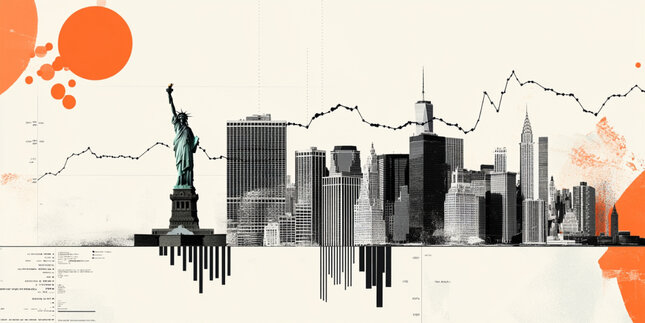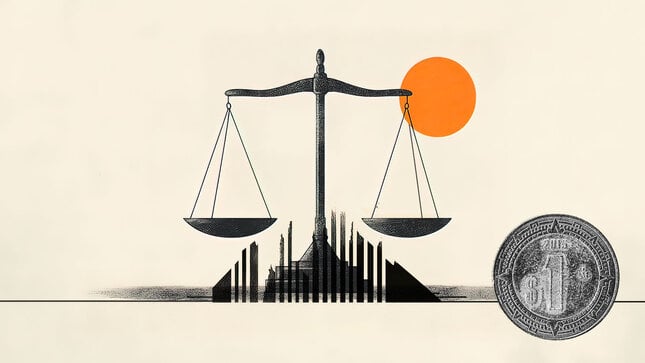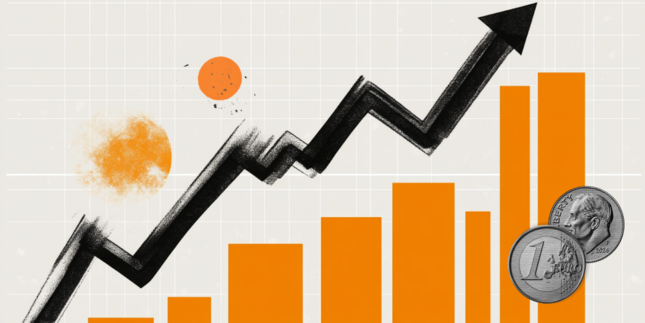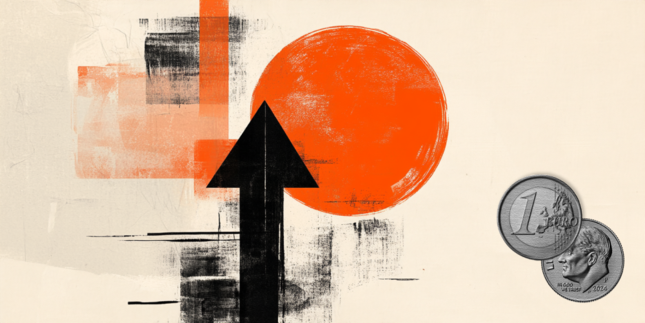AUD/JPY advances above 93.00 due to easing US-China trade tensions
- AUD/JPY is gaining strength, supported by improving market sentiment and easing trade tensions between the US and China.
- Australian Retail Sales rose by 0.3% month-on-month in March, slightly below the expected 0.4% increase.
- The Japanese Yen continues to weaken as safe-haven demand declines amid growing optimism over US-China relations.
AUD/JPY is on track for its third consecutive day of gains, hovering around the 93.20 level during the Asian session on Friday. The currency cross is buoyed by strength in the Australian Dollar (AUD), supported by improving market sentiment and easing US-China trade tensions—an encouraging sign for Australia, given its strong economic ties with China.
According to Bloomberg, China is considering renewed trade talks with the US. The Chinese Commerce Ministry noted that Washington has reached out to express interest in resuming negotiations. However, China is reportedly conducting an internal assessment and maintains that the US should correct its tariff-related actions, which it views as the unilateral trigger for the ongoing trade dispute.
On the domestic front, Australian Retail Sales rose 0.3% month-over-month in March, according to data from the Australian Bureau of Statistics (ABS). While this marked a decline from February’s revised 0.8% (previously 0.2%), also came in below the market consensus of a 0.4% increase.
Meanwhile, the Japanese Yen (JPY) remains under pressure due to a decline in safe-haven demand amid optimism surrounding US-China relations. Japan and the US also wrapped up a second round of bilateral trade talks this week, with Tokyo aiming to finalize a deal by June.
In economic data, Japan’s unemployment rate ticked up to 2.5% in March, though labor market conditions remain tight. Separately, the Bank of Japan (BoJ) kept its policy rate unchanged at 0.5% on Thursday and cut its growth and inflation outlooks, signaling limited prospects for rate hikes in the near term.
US-China Trade War FAQs
Generally speaking, a trade war is an economic conflict between two or more countries due to extreme protectionism on one end. It implies the creation of trade barriers, such as tariffs, which result in counter-barriers, escalating import costs, and hence the cost of living.
An economic conflict between the United States (US) and China began early in 2018, when President Donald Trump set trade barriers on China, claiming unfair commercial practices and intellectual property theft from the Asian giant. China took retaliatory action, imposing tariffs on multiple US goods, such as automobiles and soybeans. Tensions escalated until the two countries signed the US-China Phase One trade deal in January 2020. The agreement required structural reforms and other changes to China’s economic and trade regime and pretended to restore stability and trust between the two nations. However, the Coronavirus pandemic took the focus out of the conflict. Yet, it is worth mentioning that President Joe Biden, who took office after Trump, kept tariffs in place and even added some additional levies.
The return of Donald Trump to the White House as the 47th US President has sparked a fresh wave of tensions between the two countries. During the 2024 election campaign, Trump pledged to impose 60% tariffs on China once he returned to office, which he did on January 20, 2025. With Trump back, the US-China trade war is meant to resume where it was left, with tit-for-tat policies affecting the global economic landscape amid disruptions in global supply chains, resulting in a reduction in spending, particularly investment, and directly feeding into the Consumer Price Index inflation.
Forex News
Keep up with the financial markets, know what's happening and what is affecting the markets with our latest market updates. Analyze market movers, trends and build your trading strategies accordingly.














